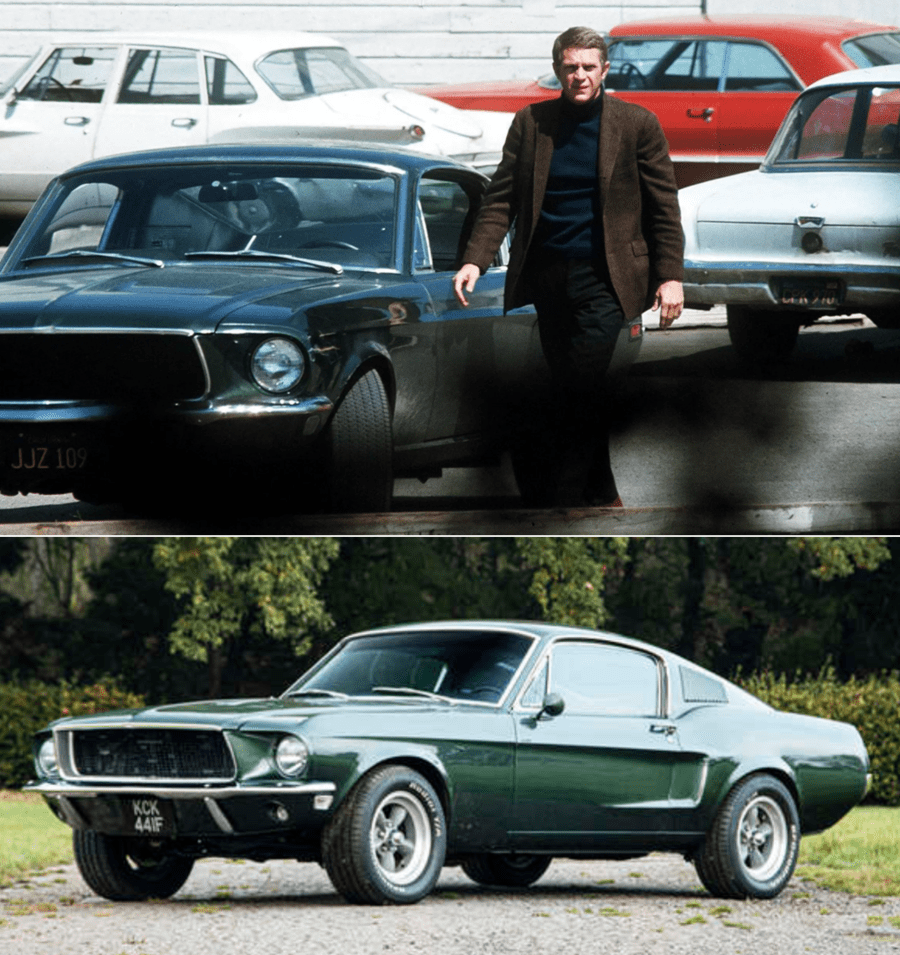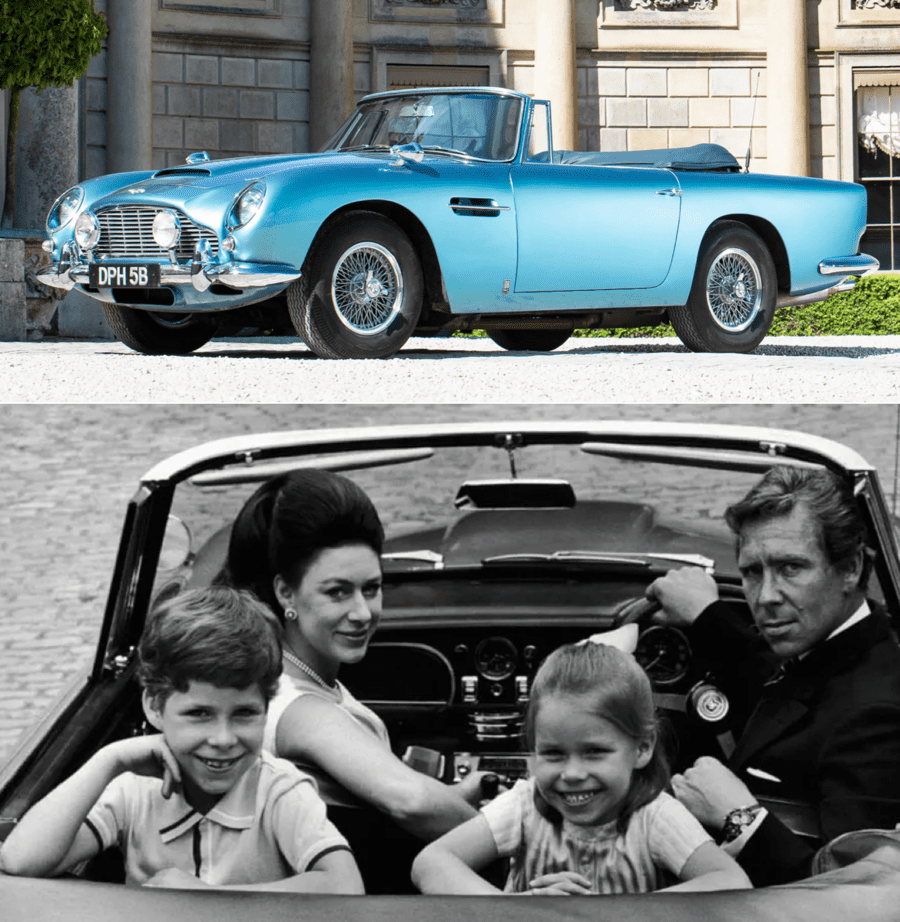Vintage dealer David Lennox on ‘famous faces’ who’ve made significant profits in the world of classic cars; he also gives some advice about a key feature in a classic car – its alternator
Whilst actor Rowan Atkinson’s most expensive car – www.slashgear.com was a 1997 McLaren F1 that he managed to crash twice still sold for a staggering £8.9 million ($11.1 million) sum higher than the £697,000 ($880,000) he originally bought it for new, other big and small screen stars and musicians have also profited from the motors they’ve bought.
In a world where your standard punter’s automotive purchase loses value as soon as it is driven off the forecourt and declines on average by 40% in value during its first year, many are dubious about ‘investing’ in cars. Those that dare to take a punt on a ‘classic car’ – interestingly defined in the UK by Her Majesty’s Revenue & Customs (HMRC) as one aged over 15 years old – can, however, actually make significant returns.
Amongst five other examples of other classic cars connected to the world of film and television that have made megabucks are:
1 – The 1968 Ford Mustang GT that Steve McQueen drove in the cop thriller Bullitt was discarded after filming and sold for just £2,800 ($3,500) to Bob Kierman in the 1970s. It sold on for £2.7 million ($3.4 million) at a car show in Detroit – a sum 40 times as much as a ‘normal’ example. In 2020, what was termed a “respectful Bullitt homage,” a 1968 Ford Mustang in Highland green, sold at a Silverstone Auctions sale for £73,000 ($93,000); of it they added: “It should be mandatory to drive this car only in a pair of Persol 714 sunglasses.”
2 – John Lennon’s ‘psychedelic gypsy caravan’ styled 1964 Rolls-Royce Phantom V limousine cost him £6,600 ($8,300) new. He and it were attacked by a woman with an umbrella who yelled: “You swine! How can you do that to a Rolls-Royce?” but was later to sold to a Canadian billionaire named Jim Pattison for £2.4 million ($3 million) in 1985. A more ‘ordinary’ example lacking a ‘famous face’ connection sold for just £90,000 ($114,000) in 2018.
3 – A 1966 Lotus Elan S2 originally owned by actor and comedian Peter Sellers CBE sold at auction for just over £50,000 in 2015 at the NEC Classic Motor Show sale after being featured in The Steeple Times. A similar 1966 example with no connections to a ‘famous face’ is currently on offer for just £17,800 ($22,500).
4 – Another racy run-about, not only also owned by Peter Sellers, but also by Princess Margaret’s husband, Anthony Armstrong-Jones, 1st Earl of Snowdon and more recently by TV presenter Chris Evans is another example of a ‘star priced car.’
Featured in The Steeple Times in June 2021 prior to being auctioned the following month by Bonhams at their Festival of Speed Sale at Goodwood, the 1964 Aston Martin DB5 was offered with an estimate of £1.3 million to £1.7 million ($1.8 million to $2.4 million). It had cost Peter Sellers just £4,490 new ($3,550); the actor and comedian sold it “at a loss” to the then Viscount Linley in 1965 – whose own son sold it in 2002 to pay towards the death duties incurred by his late mother’s estate.
5 – Though a 1953 Lagonda DB drophead coupé originally owned by Sir Peter Ustinov, CBE FRSA failed to sell with an estimate of £90,000 ($114,000) in July 2017, auctioneers H&H Classics hammered down another ‘grander’ example, one owned by Prince Philip, for £340,000 ($432,000) the previous year. At the time, they remarked: “We sold Prince Philip’s Lagonda for a world record price… so the bar was set high.”
Advice on alternators
When it comes to classic cars, the alternator is a critical component that keeps the battery charged and the electrical system running smoothly.
Unlike modern vehicles, which might have more sophisticated diagnostic tools and electrical systems, classic cars require a more hands-on and attentive approach to identify and resolve issues with their alternators.
This section will guide you through the process of identifying and resolving problems with alternators in classic cars, ensuring that your vintage beauty runs as smoothly as it did in its heyday.
Understanding the alternator
The alternator is the heart of a car’s electrical system, responsible for charging the battery and powering the electrical system when the engine is running. It converts mechanical energy into electrical energy as alternating current (AC), which is then rectified to direct current (DC) suitable for the car’s electrical system and to charge the battery.
A malfunctioning alternator can lead to a dead battery, dimming lights, and ultimately, the car failing to start.
Symptoms of a faulty alternator
Identifying alternator problems early can save you from unexpected breakdowns. Here are common signs of a failing alternator:
– Dimming or overly bright lights: This can indicate that the alternator is not providing a consistent voltage.
– Dead battery: While batteries can fail on their own, a dead battery might also suggest that the alternator is not charging it properly.
– Warning lights on the dashboard: Many cars have a battery or alternator warning light that indicates when there’s an issue.
– Strange noises: A failing alternator can produce odd noises due to worn bearings or belts.
– Electrical issues: Malfunctioning accessories, such as power windows or radio, could point towards alternator problems.
Preventative maintenance
Preventative maintenance can extend the life of your classic car’s alternator and prevent many of the issues mentioned:
– Regular inspections: Routinely check the alternator belt for wear and ensure it is properly tightened.
– Clean terminals: Regularly clean the battery terminals and alternator connections to prevent corrosion.
– Battery maintenance: Keep the battery in good condition, as a failing battery can put extra strain on the alternator.
Conclusion
Maintaining the alternator in a classic car requires a blend of observation, basic electrical knowledge, and sometimes, a bit of detective work. By understanding how to identify and address issues with your alternator, you can ensure that your classic car remains reliable and ready for the road.
Remember, the key to troubleshooting and maintenance is regular inspection and early detection of potential problems. With these tips and a proactive approach, you can keep your classic car’s electrical system in top condition, preserving its legacy and performance for years to come.
Additional information
How to know if the alternator needs to be replaced – buycarparts.co.uk














